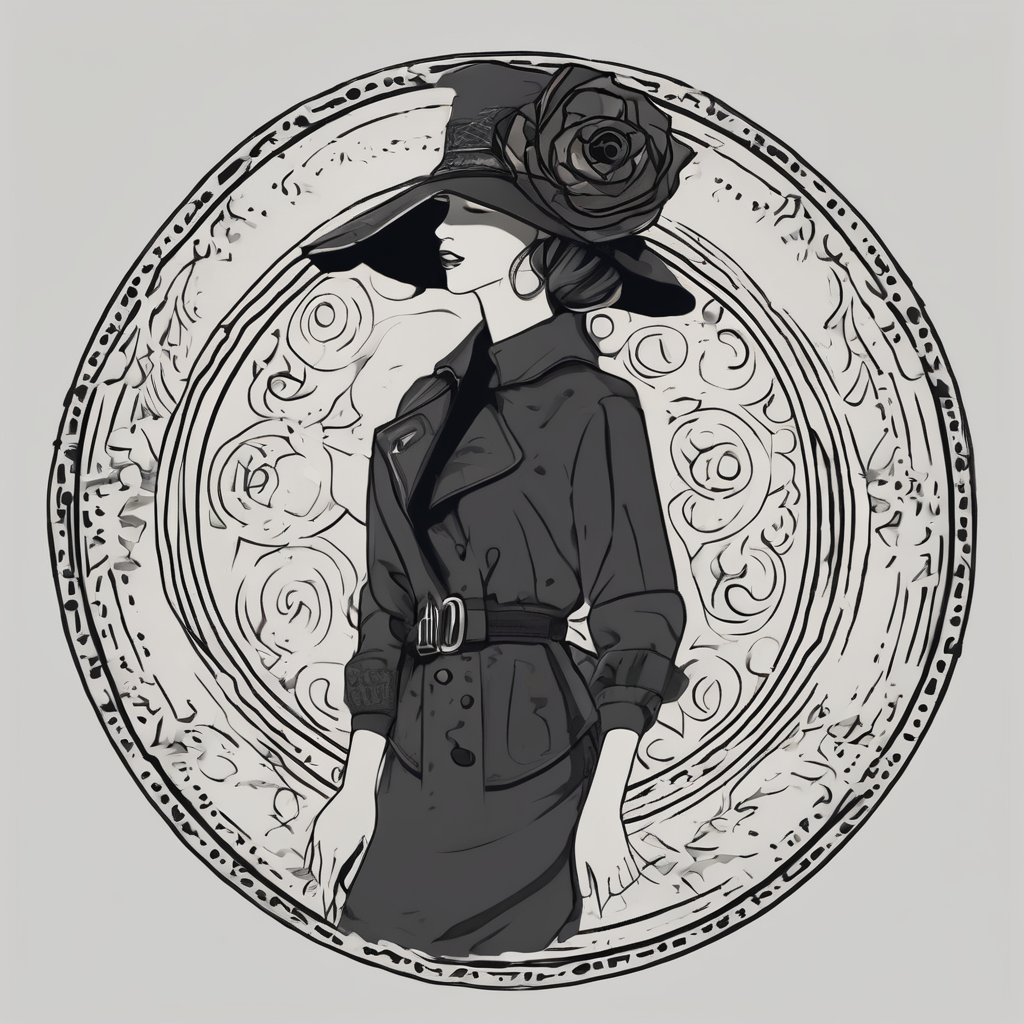As you navigate through the world of fashion, you have likely come across advice on using color theory to enhance your natural complexion. Yet, what exactly does this mean? At its core, color theory is the science and art of color, and it’s a fundamental concept in visual arts. However, it’s also highly relevant in your everyday life, particularly when it comes to selecting your wardrobe. By understanding color theory and your skin undertones, you can make fashion choices that not only feel great but also look incredible on you. So let’s delve into how you can optimize your wardrobe through color theory to illuminate your natural complexion.
Understanding Your Skin Undertones
Before you can start applying color theory to your wardrobe, it is crucial to understand your skin undertones. This is the underlying color tone that remains constant no matter how much sunlight your skin gets. There are primarily three undertones: cool, warm, and neutral.
Also to read : Can Aromatherapy Be Incorporated into Your Evening Routine to Promote Better Sleep for Busy Women?
People with cool undertones have a blue or pink hue to their skin. If the veins on your wrist appear blue or purple, you likely have cool undertones. On the other hand, warm undertones have a yellow, gold, or peach hue to their skin, and their wrist veins tend to appear green. If it’s challenging to discern the color of your veins or your skin tone, you could have neutral undertones, a mix of both cool and warm tones.
Understanding your undertones is a vital step in color analysis and will guide you in selecting the best colors that suit your skin tone. Now, with this knowledge, let’s explore how color theory comes into play when choosing your outfits.
Have you seen this : How to Select the Perfect Shade of Red Lipstick Based on Your Skin’s Undertone?
Harnessing Color Theory in Fashion
In the realm of color theory, there are three primary colors: red, blue, and yellow. Combining these colors in varying proportions will produce secondary and tertiary colors.
Color theory in fashion is about understanding how different colors interact and complement each other. It allows you to create a harmonious palette for your wardrobe based on your skin undertone.
For those with cool undertones, colors on the blue and green end of the spectrum often look best. Think of blues, purples, emerald greens, and icy hues. Conversely, if you have warm undertones, earth tones and colors with red and yellow bases will suit you. This includes red, yellow, orange, and even some greens.
In the middle ground, neutral undertones mean you can generally wear a wider range of colors, but medium-toned hues often work best.
Seasonal Color Analysis
Seasonal color analysis takes this concept a step further by categorizing color palettes into four seasons: winter (cool and deep), summer (cool and light), autumn (warm and deep), and spring (warm and light).
If you have cool and deep undertones, for example, you might align with a winter palette. This palette includes the deep, vibrant colors seen in winter, such as black, white, red, and jewel tones. The summer palette, on the other hand, aligns with cool and light undertones. It’s characterized by pastel colors and light neutrals, reflecting the freshness of the season.
The autumn palette suits warm and deep undertones, with colors mimicking autumn leaves, such as olive green, mustard yellow, and rich browns. For those with warm and light undertones, the spring palette, with its bright and lively colors like peach, teal, or soft yellow, is likely the best match.
Creating a Harmonious Look
Harmony in fashion is about creating a look that feels balanced and pleasing to the eye. Using color theory to create a harmonious look involves considering not just the colors of your clothes, but also your hair and eye color.
For example, if you have red hair and warm undertones, you might look best in warm autumnal colors. On the other hand, if you have blue eyes and cool undertones, a wardrobe with a cool color palette would enhance your natural features.
Moreover, don’t forget about the impact of light and dark colors. Light colors can make areas of the body appear larger, while dark colors can have a slimming effect. Therefore, consider where you want to draw attention and make your wardrobe choices accordingly.
Final Thoughts
In the end, color theory is a tool to help you make informed decisions about your wardrobe. It’s not a strict set of rules but rather a guide to enhance your natural beauty through your fashion choices. So experiment, play with different colors, and see what makes you feel your best. Remember, the key is to wear your colors with confidence and style.
Color Coordination and Personal Style
In the quest to enhance your natural complexion through wardrobe choices, personal style plays a significant role. Your style is an expression of who you are, and fusing it with color theory can yield stunning results. The idea is to choose colors that harmonize with your skin undertones and reflect your personal style.
For example, if you’re drawn to romantic or vintage styles, pastels and muted tones may feature heavily in your wardrobe. These colors work best for individuals with cool undertones, so if you fall under this category, you’re in luck. Even if you have warm undertones, you can still rock these styles by opting for pastels with a warmer base like peach or soft yellow.
Conversely, if you prefer a bold, dramatic style, you might gravitate towards strong, intense colors. Rich jewel tones, in particular, are excellent for those with cool undertones, while earthy, vibrant hues are perfect if you have warm undertones.
Besides your clothes, the colors of your accessories, makeup, and hair color should also complement your skin tone. For instance, those with cool undertones might opt for silver jewelry and cool-toned makeup, while gold accessories and warm-toned makeup could better suit those with warm undertones.
In essence, incorporating color theory into your personal style is all about balance. Your aim should be to create a cohesive look that enhances your skin tone and reflects your individuality.
Wardrobe Planning and Color Theory
Wardrobe planning is a fabulous way to incorporate color theory into your everyday life. Once you’ve identified your skin undertones and learned about color interactions, you can start planning your wardrobe around these.
Start by identifying the core colors that suit your skin undertones. These will be your go-to colors for essential items like suits, dresses, and coats. Then, identify complementary and contrasting colors to introduce diversity. These can be used for accent pieces like scarves, ties, and handbags.
Furthermore, consider the role of neutrals in your wardrobe. Neutrals like white, black, grey, and beige can act as a base for more vibrant colors. If you have cool undertones, opt for neutrals with a blue or green base. For those with warm undertones, neutrals with a yellow or red base will be your best bet.
Wardrobe planning also involves considering the season and setting. For example, lighter colors might be better suited for summer, while darker hues could be more appropriate for winter. Likewise, your choice of color can alter depending on whether you’re dressing for a formal or casual setting.
In conclusion, using color theory to enhance your complexion is a dynamic process that involves understanding your skin undertones, applying color theory, considering your personal style, and strategic wardrobe planning. It’s about more than just looking good; it’s about feeling good in your skin and expressing yourself confidently. Remember, the best color in the world is the one that looks good on you.











